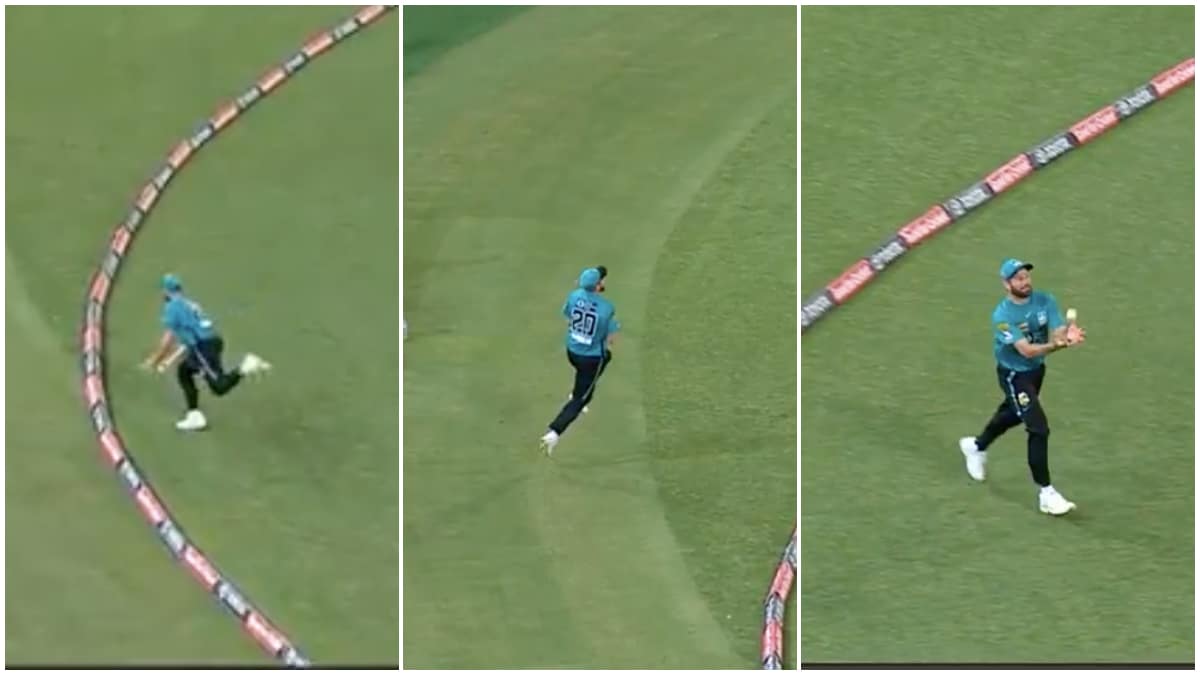

The Marylebone Cricket Club (MCC), the custodians of the Laws of Cricket, has recently updated its regulations regarding boundary catches, specifically targeting and deeming illegal the "bunny hop" style of fielding. This move, designed to ensure fairer play and address growing concerns about the legality and spirit of such catches, will be integrated into the International Cricket Council (ICC)'s playing conditions this month. The MCC's laws will officially include the change in October 2026.
The updated Law 19.5.2 aims to clarify the conditions under which a catch near the boundary is considered legitimate. Previously, the rules allowed fielders to make multiple airborne contacts with the ball even while outside the boundary, provided their last contact with the ground before their first touch of the ball was within the field of play. This led to spectacular, but sometimes controversial, catches where fielders would jump from inside the boundary, make multiple touches while airborne beyond the boundary line, and then complete the catch upon landing inside the field.
The new rule restricts fielders to a single airborne touch of the ball while outside the boundary. After that first touch, the fielder must land completely within the boundary to complete a legal catch. Any subsequent contact with the ball while still airborne outside the boundary, or landing outside the boundary after the first touch, will result in a boundary being awarded to the batting team.
This change directly impacts instances where fielders "bunny hop" the ball outside the boundary, juggling it multiple times before completing the catch inside the field. Such catches, while technically legal under the previous interpretation of the law, have often sparked debate among players, fans, and officials, with many feeling they contravene the spirit of the game.
Several high-profile examples have fueled the discussion and ultimately led to this rule change. Michael Neser's catch in the Big Bash League (BBL) 2023, where he juggled the ball multiple times outside the boundary before completing the catch, drew significant attention and was specifically cited by the MCC as an example of the kind of play the new rule seeks to address. Similarly, a relay catch in 2020 involving Tom Banton and Matt Renshaw, where Renshaw parried the ball from outside the boundary to Banton inside the field, would also be deemed illegal under the updated law.
The MCC believes that this amendment strikes a balance between maintaining the potential for athletic fielding efforts and ensuring fairness in the game. The updated law still permits spectacular catches where a fielder leaps from within the boundary, makes a single touch to control the ball while airborne outside the boundary, and then lands inside to complete the catch. Catches such as Harleen Deol's against England and Alex Hales' in BBL 2020 will remain legal under the new version, as long as the fielder makes the final play inside the boundary. However, it eliminates the "bunny hop" catches that many consider to be against the spirit of the game.
The new rule will also apply to relay catches. If a fielder parries the ball while airborne outside the boundary and fails to return inside the field before the catch is completed — even by a teammate — it will be ruled a boundary. This clarifies the requirements for multi-fielder catches near the boundary, ensuring that all fielders involved adhere to the same grounding conditions before touching the ball.
The ICC will implement the new playing condition starting June 17, 2025, with the commencement of the new World Test Championship (WTC) cycle, which begins with the Test series between Sri Lanka and Bangladesh. The MCC will formally incorporate the rule change into its Laws of Cricket in October 2026. This phased implementation allows players and officials to adjust to the new regulations and ensures consistency across all levels of the game.